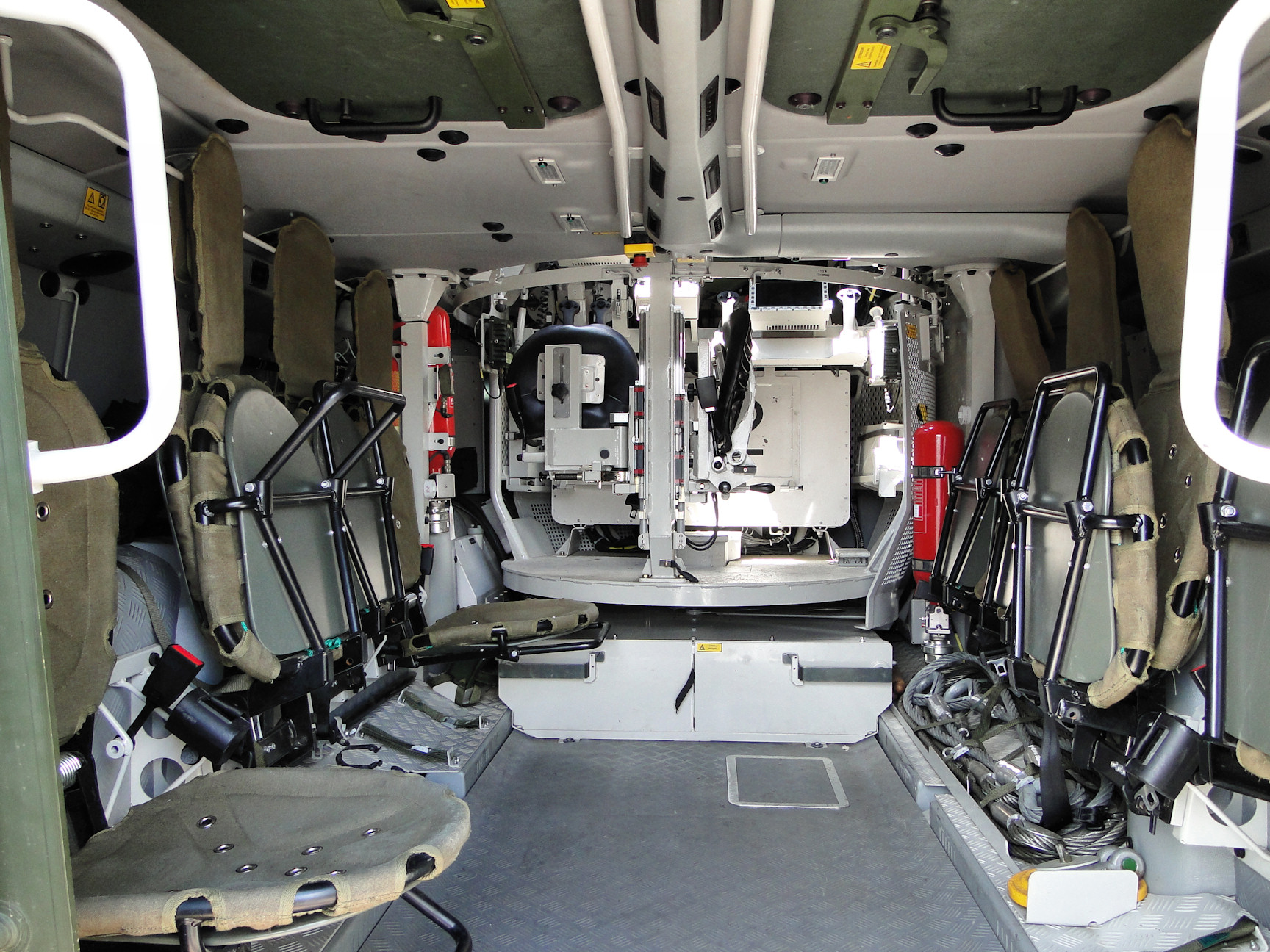boletus
6 Jun 2012
Genealogy / Petrzywalski family [13]
There is one or two name places Peterswald in Germany, but there are also several such names in Czech Republic.
First, there is a small village Petrovice (German Peterswald) in Ústí nad Labem District . Probably of no interest.
There is also Petřvald u Karviná (Polish: Pietwałd , Cieszyn Silesian: Pietwołd, German: Peterswald), a town in the Karviná District, Moravian-Silesian Region, Czech Republic, in the historical region of Cieszyn Silesia, population 6,967.
But the most interesting is Petřvald u Nový Jièín (Nový Jièín District), (German: Gross Peterswald), a village and municipality in Nový Jièín District in the Moravian-Silesian Region of the Czech Republic, population 1806. It has two parts:
+ Petřvald
+ Petřvaldík
Petřvald at Karviná and Petřvald at Nový Jièín are 27 km apart.
Petřvald u Nový Jièín was established as a Petrovice (Petrovicz) by Peter son of Herold in 1267. When Peter Meissner, a German by birth, received Petrovice fief, he called it Peterswald and he signed his name Peter Meissner von Peterswald. He was later ennobled and was known as Petřík from Petřvald.
By 1359 his family (originally coming from Silesian noble family) acquired Peacock coat of arms.
Another documented owner of Petřvald stronghold was Petr Meysner, married to Markéta from Skalice, Frýdek-Místek (27 km ESE). They had daughter Katharina and two sons: Petr and Jan Hanuš. At that time another family appears over there: Petřík (married to Cecilia) and Pavlík (married to Anežka) from Žeranovice, Spruce coat of arms. They and their chidden (Pardus, Jan, Anna, Markéta, Jiří and Jindřich) used the names Petřvaldský from Petřvald.
The wikipedia link in Czech below, has a long description of Petřvald, its Petřvaldský owners and other related noble families.
cs.wikipedia.org/wiki/Pet%C5%99vald_(okres_Nov%C3%BD_Ji%C4%8D%C3%ADn)
"Reporter" from genealogical and heraldic club, House of Culture, Ostrava,
historie.hranet.cz/heraldika/zkgho/zkgho35.pdf
mentions under the date 1670 Jan (Hanuš ) Zikmund Petřvaldský becoming a guardian of Mikuláš Forgatsch orphans, and a husband to widow Johana Barbora Forgatsch.
Apparently Jan Zikmund (German: Johann Sigismund) was a popular combination of given names in Moravia. :-)
Polonized toponymic nikcname for someone from Peterswald (Peterswood). or similar.
There is one or two name places Peterswald in Germany, but there are also several such names in Czech Republic.
First, there is a small village Petrovice (German Peterswald) in Ústí nad Labem District . Probably of no interest.
There is also Petřvald u Karviná (Polish: Pietwałd , Cieszyn Silesian: Pietwołd, German: Peterswald), a town in the Karviná District, Moravian-Silesian Region, Czech Republic, in the historical region of Cieszyn Silesia, population 6,967.
But the most interesting is Petřvald u Nový Jièín (Nový Jièín District), (German: Gross Peterswald), a village and municipality in Nový Jièín District in the Moravian-Silesian Region of the Czech Republic, population 1806. It has two parts:
+ Petřvald
+ Petřvaldík
Petřvald at Karviná and Petřvald at Nový Jièín are 27 km apart.
Petřvald u Nový Jièín was established as a Petrovice (Petrovicz) by Peter son of Herold in 1267. When Peter Meissner, a German by birth, received Petrovice fief, he called it Peterswald and he signed his name Peter Meissner von Peterswald. He was later ennobled and was known as Petřík from Petřvald.
By 1359 his family (originally coming from Silesian noble family) acquired Peacock coat of arms.
Another documented owner of Petřvald stronghold was Petr Meysner, married to Markéta from Skalice, Frýdek-Místek (27 km ESE). They had daughter Katharina and two sons: Petr and Jan Hanuš. At that time another family appears over there: Petřík (married to Cecilia) and Pavlík (married to Anežka) from Žeranovice, Spruce coat of arms. They and their chidden (Pardus, Jan, Anna, Markéta, Jiří and Jindřich) used the names Petřvaldský from Petřvald.
The wikipedia link in Czech below, has a long description of Petřvald, its Petřvaldský owners and other related noble families.
cs.wikipedia.org/wiki/Pet%C5%99vald_(okres_Nov%C3%BD_Ji%C4%8D%C3%ADn)
"Reporter" from genealogical and heraldic club, House of Culture, Ostrava,
historie.hranet.cz/heraldika/zkgho/zkgho35.pdf
mentions under the date 1670 Jan (Hanuš ) Zikmund Petřvaldský becoming a guardian of Mikuláš Forgatsch orphans, and a husband to widow Johana Barbora Forgatsch.
Apparently Jan Zikmund (German: Johann Sigismund) was a popular combination of given names in Moravia. :-)
 PolishForums LIVE / Archives [3]
PolishForums LIVE / Archives [3]

